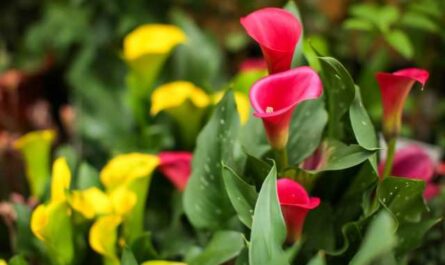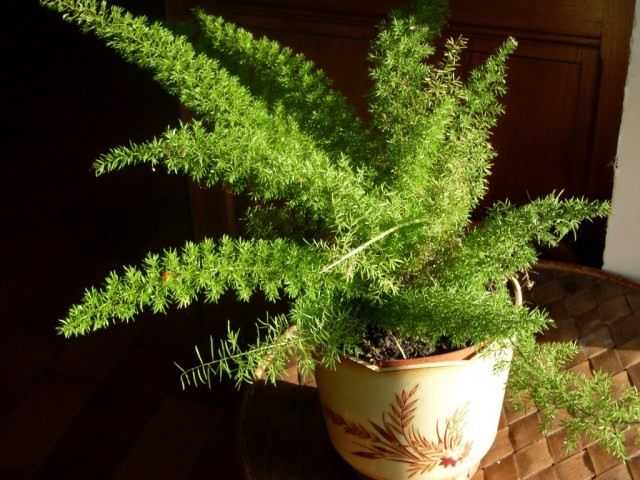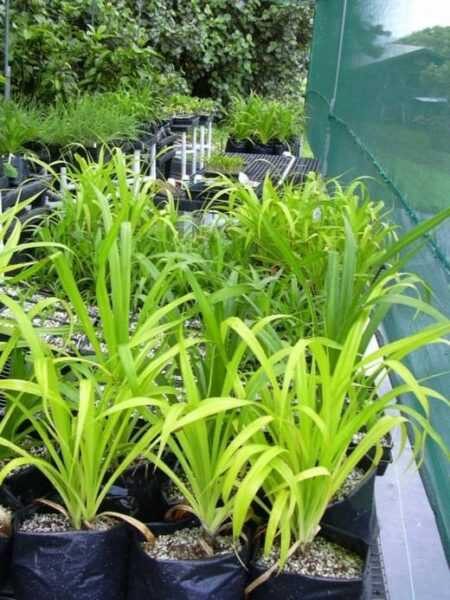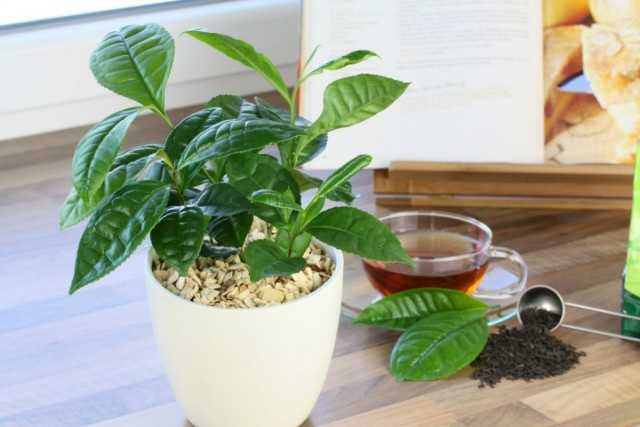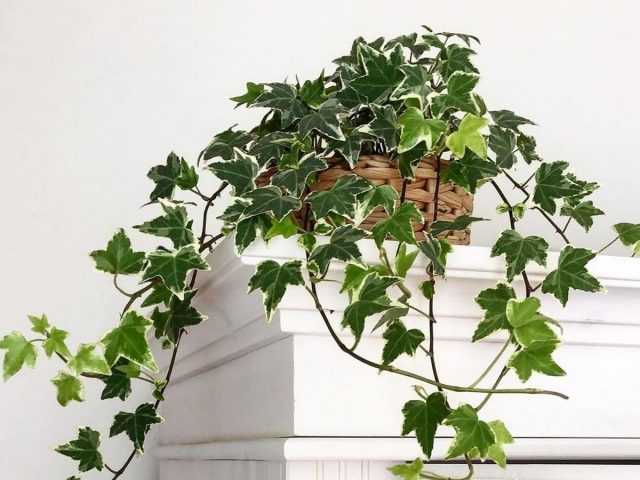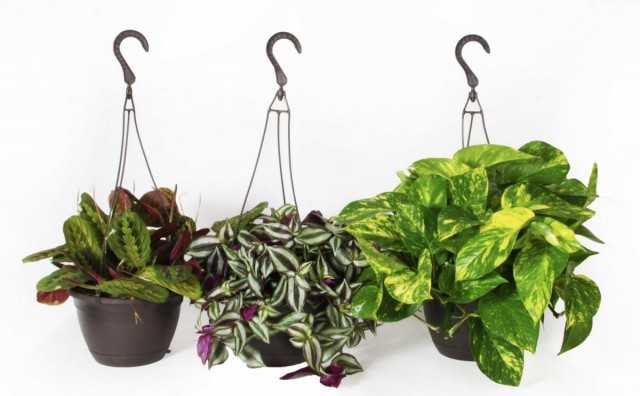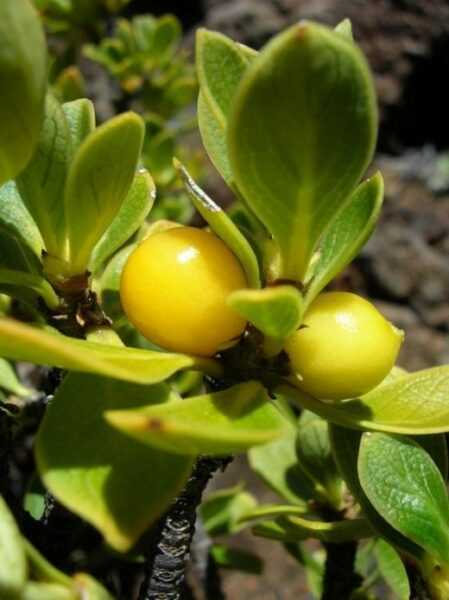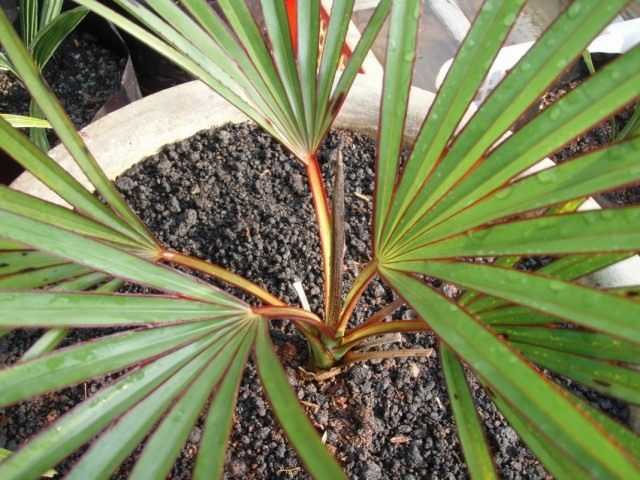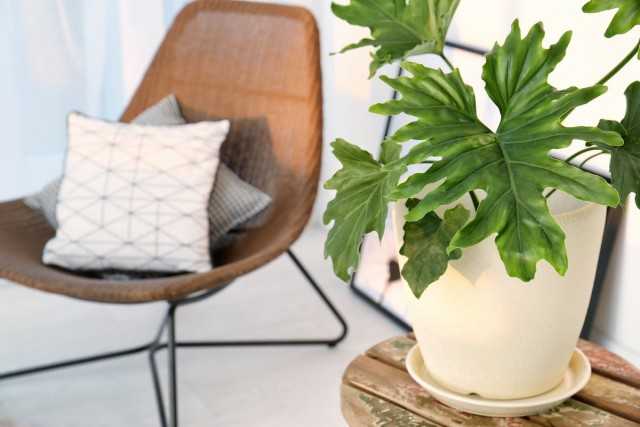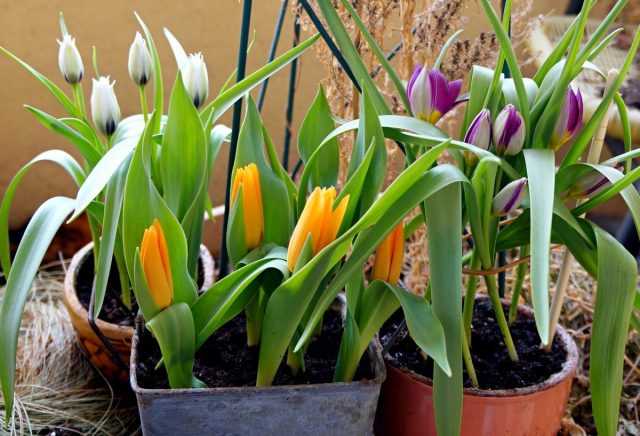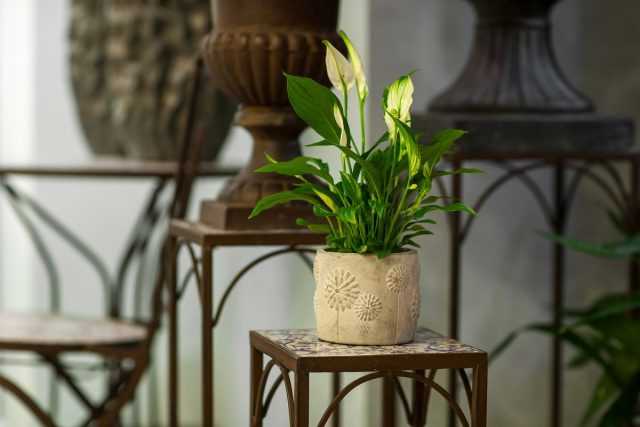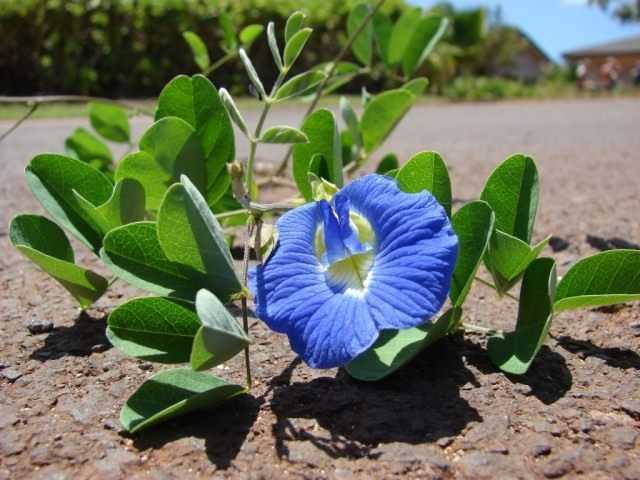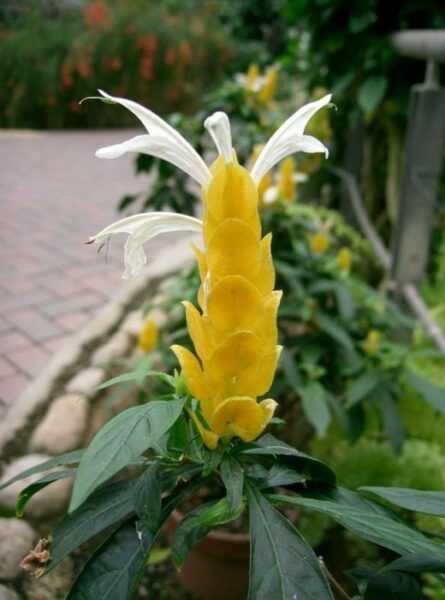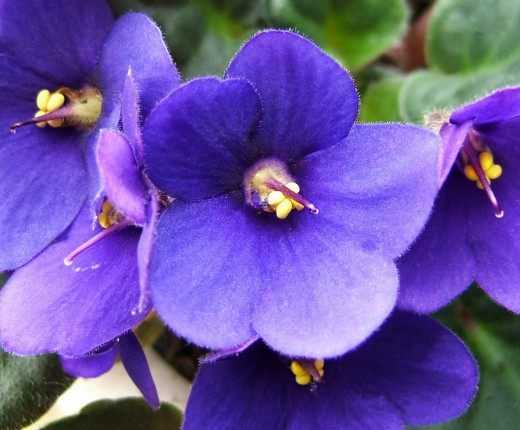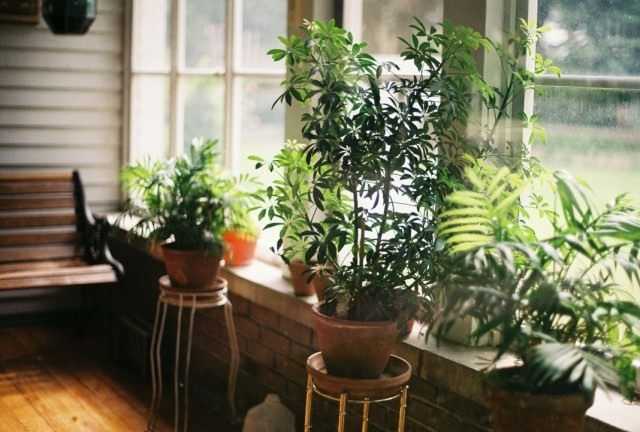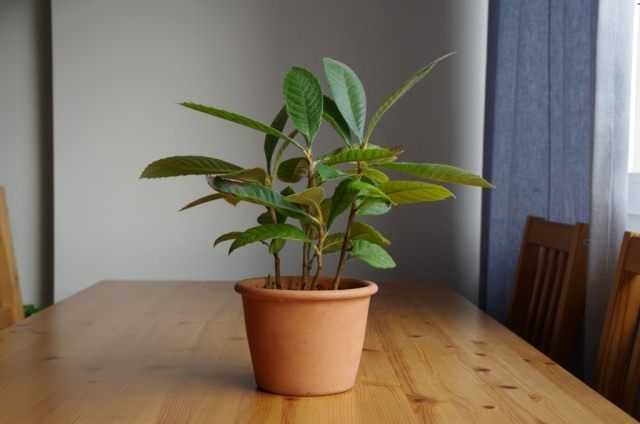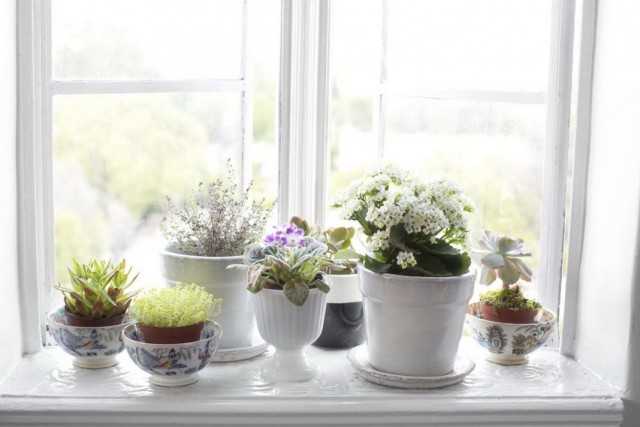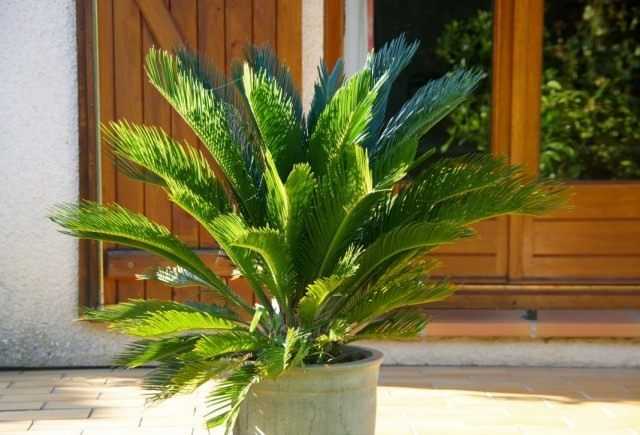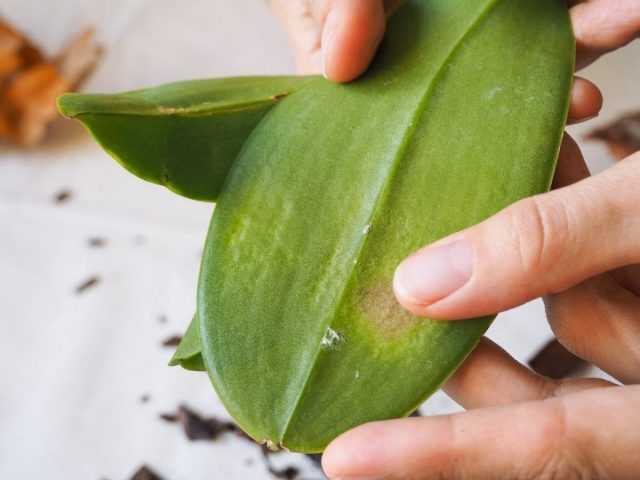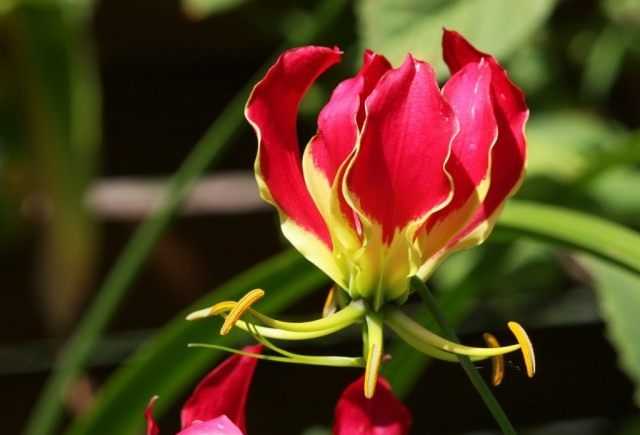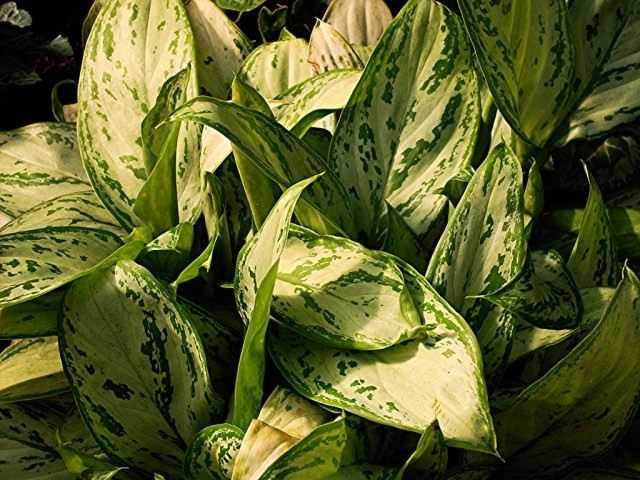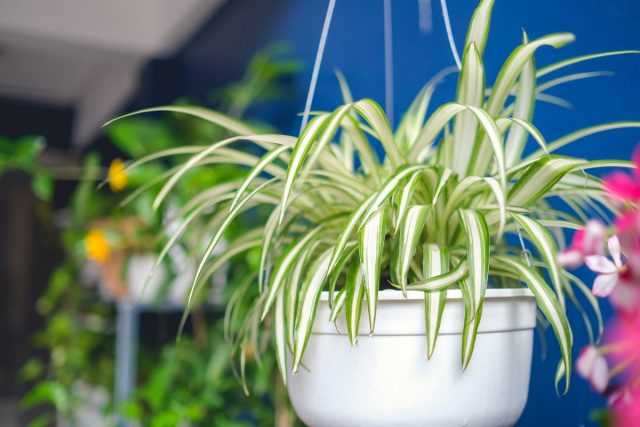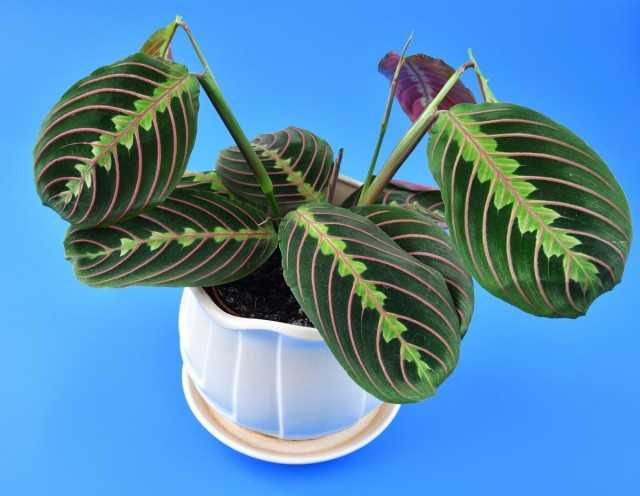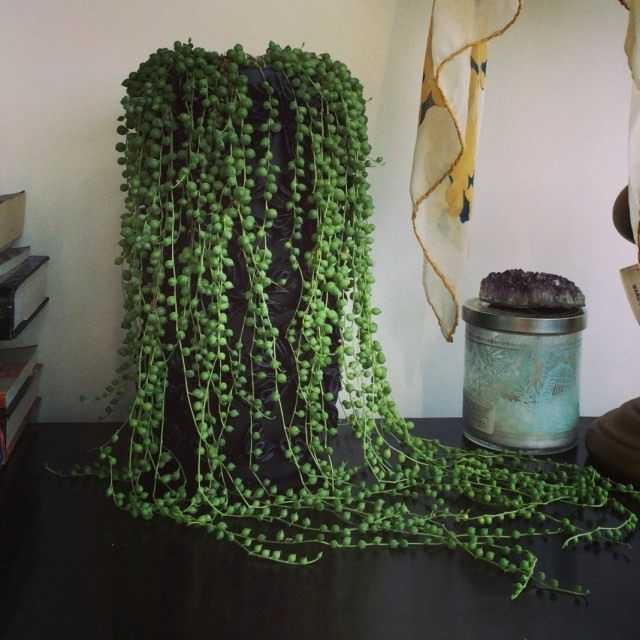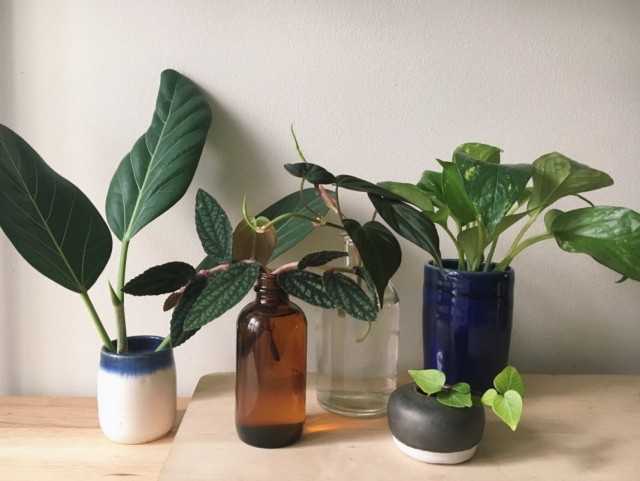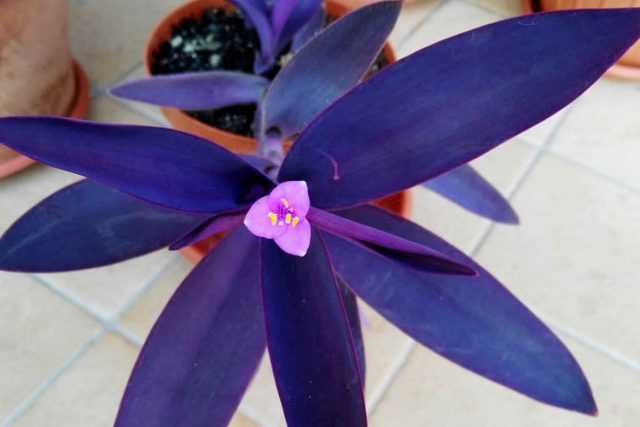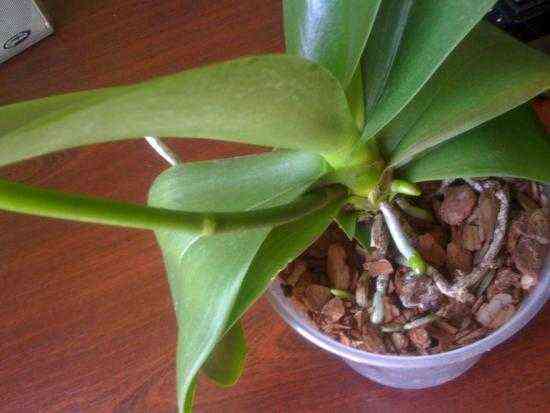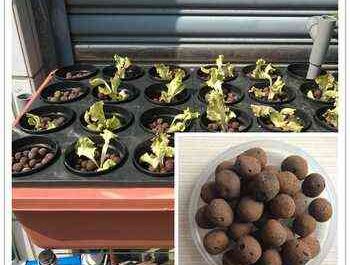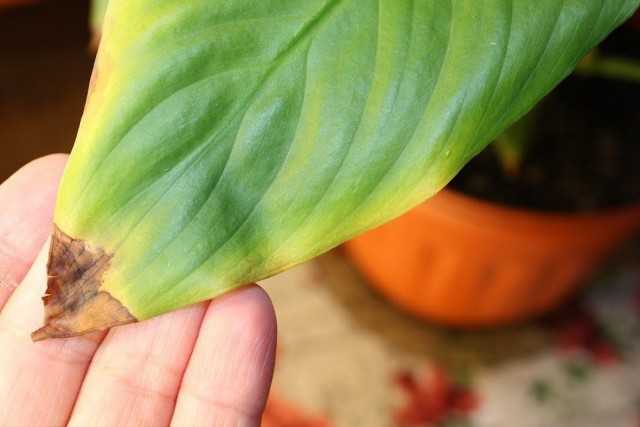Winter is difficult for many houseplants, especially if they are native to deserts or tropics. Cold is not a problem in a private house or city apartment, another thing is the lack of sunlight due to short daylight hours. Plants themselves will tell you when there is not enough light for them – the leaves become faded, small and narrow, begin to bend and stretch unnaturally, and the once variegated plants become monotonous, darken and become covered with dry yellow spots.
Supplementing indoor plants in winter
Of course, you can move light-loving plants to the windowsills of the southern windows, but this will not solve the problem – the winter sun looks out infrequently and for a short time, and on rare cloudless days, reflecting from the snow, it can even harm the plants and leave burns on the leaves. The best way to save indoor plants from lack of light is additional illumination with special phytolamps. In this article, we will talk about which plants need lighting in the first place and how to organize it correctly.
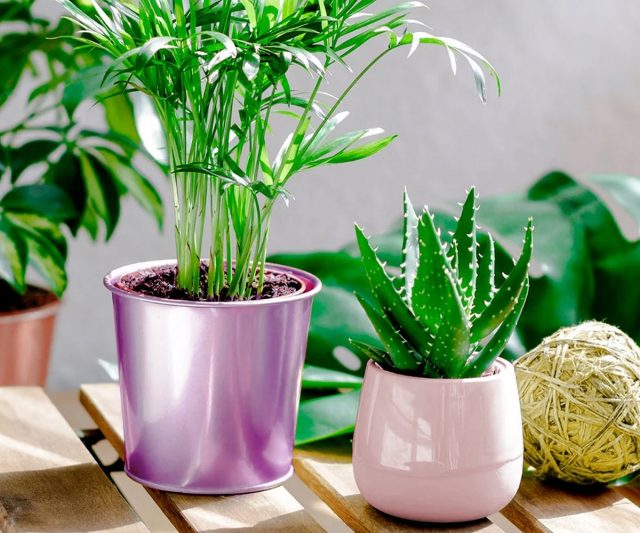
Supplementary lighting in winter is a must for plants that naturally grow in open areas flooded with sunlight. These include cacti, citrus fruits, passionflower, adeniums, olives, jasmine, bougainvillea, oleander, myrtle and eucalyptus. Also, light-loving plants include abutilon, clivia, banana, amaryllis, azalea, pomegranate, geranium, hoya and kalanchoe. The illumination of these plants should in no case be constant and round the clock. It is very important to observe the alternation of day and night, and lighting devices must be turned on and off strictly at the same time. Of course, some of these plants prefer bright and long-lasting light, while others will only need moderate light. The specific values of the recommended illumination standards are individual for each plant, but in order not to delve too deeply into professional botany, you need to remember the basic principles: the larger the plant, the more light it needs, and variegated flowers are more demanding on light than plants with monochromatic wide leaves …
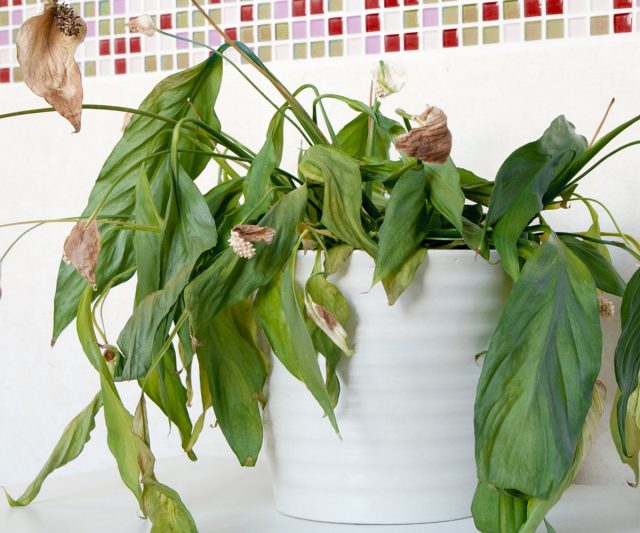
Also, plants that can bloom in winter are sensitive to a winter decrease in light intensity: orchid, camellia, cyclamen. They should extend the daylight hours by four to five hours. In addition, seedlings require compulsory supplementary lighting. From the moment the first shoots appear, it should be illuminated continuously, with short pauses, and then at normal intervals.
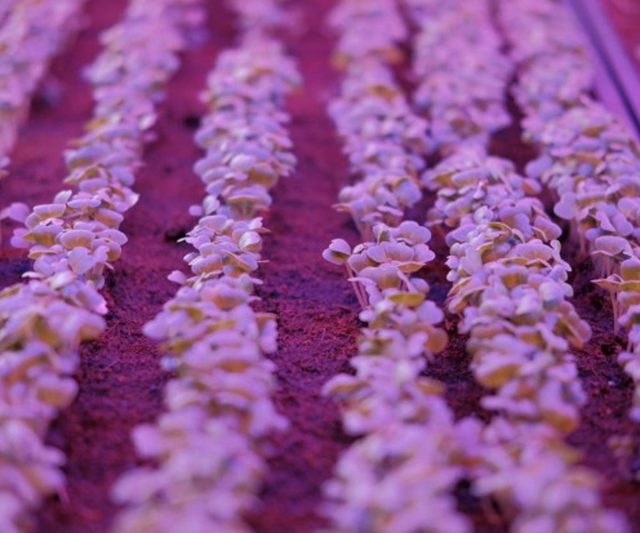
Do not forget that there are species that are well adapted to semi-darkness. In winter, deciduous indoor plants such as monstera, anthurium, spathiphyllum, dieffenbachia and ivy feel quite good. In nature, they grow in the shade, so they do not need additional lighting at all. You should remember this when organizing winter supplementary lighting and try not to overdo it with additional lighting. Recall that dry brown spots on the leaves are clear signs of excessive light. Supplementary lighting in such cases should be stopped immediately, and the affected plant should be temporarily removed to a dark place.
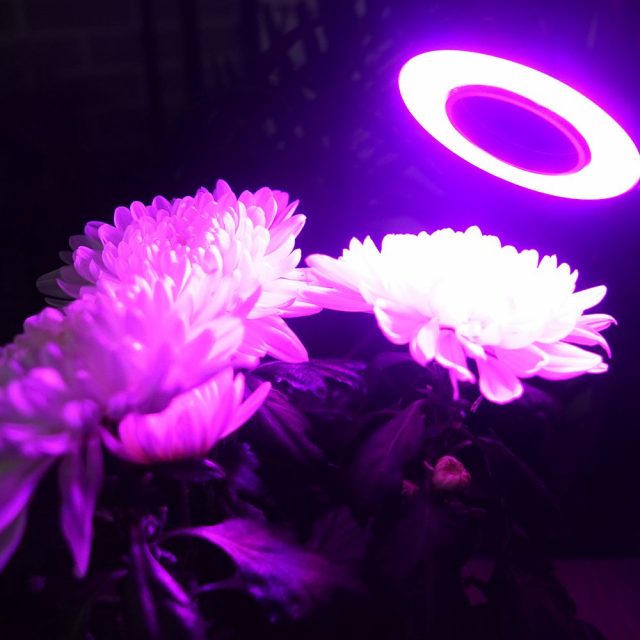
For winter supplementary lighting of plants, ordinary lamps can also be used, but specialized LED phytolamps are best suited for this purpose. They shine in a special range favorable for photosynthesis, do not harm people and are produced in the form of bulbs for standard socles or immediately in the form of ready-made lamps – table, floor, on brackets, clothespins or clamps. Unlike conventional lamps, phytolamps shine only in the blue and red spectrum. The blue spectrum stimulates growth, while the red spectrum accelerates maturation and flowering. Both colors are usually combined in one lamp, but you can also purchase lamps that will shine only in the blue or only in the red spectrum separately. The former are used at the seedling stage, while the latter are used during flowering and fruiting. To obtain the best effect, it is necessary to properly fix the phytolamps – no closer than ten centimeters, but no further than half a meter, from the plant. Ideally, the light should go from top to bottom, like the sun’s rays at noon, otherwise the shoots of the plant will grow twisted.

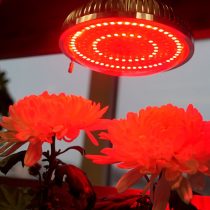
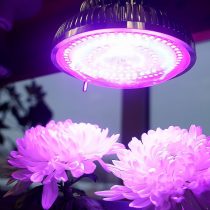
I would also like to note that plant illumination is far from the only parameter that should be paid attention to in winter. It is worth thinking about the seasonal revision of the composition of fertilizers, changing the irrigation regime, normalizing the humidity in the room – and then all your plants will safely survive the winter and will delight you for more than one season!
